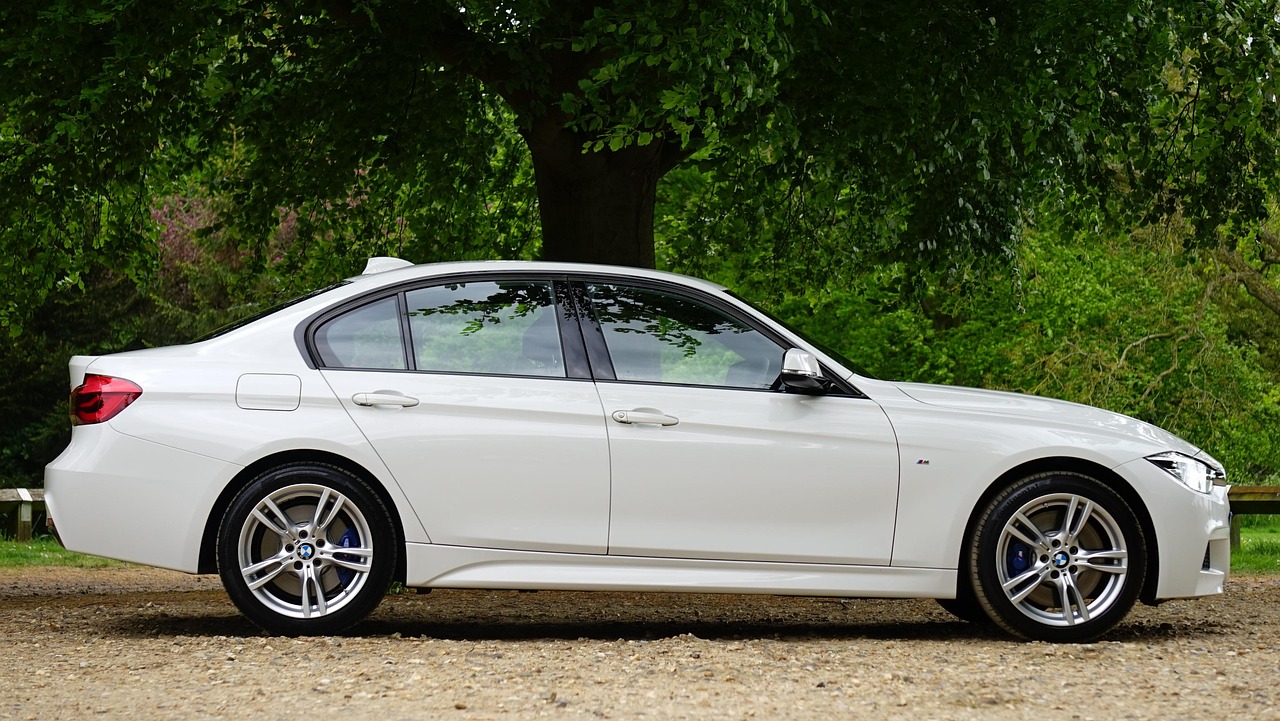Keeping a car in top shape is not just about making it look good on the outside; it’s about ensuring safety, performance, and longevity. Far too many drivers wait until their vehicle breaks down before thinking seriously about maintenance, but by then the damage is already done. Regular upkeep may seem like a hassle, but it saves money, prevents accidents, and protects your investment. Whether you drive a brand-new SUV or a well-used sedan, a solid maintenance routine will keep your vehicle dependable for years.
Why Regular Car Maintenance Matters
A car is one of the most valuable assets most people own. Beyond being a means of transportation, it’s often essential for commuting, family life, and even business. Yet, unlike other big investments, cars steadily lose value unless they are properly cared for. Regular maintenance offers several key benefits: it reduces the likelihood of costly repairs, improves fuel efficiency, extends the life of parts like the engine and transmission, and ensures you remain safe on the road.
Just think of maintenance as preventive medicine for your vehicle. A quick oil change today may save you from an engine replacement tomorrow. Something as simple as checking tire pressure regularly can improve fuel economy and prevent blowouts that put your life at risk. The peace of mind that comes from knowing your car is reliable is worth far more than the time it takes to do these small checks.
Routine Checks Every Driver Can Handle
Contrary to what many assume, you don’t need to be a professional mechanic to carry out some of the most important maintenance tasks. Simple monthly checks go a long way toward keeping your car healthy. Engine oil should be inspected regularly—not just for level, but also for color and cleanliness. Oil that appears too dark or gritty is a sign it’s time for a change. Coolant is another fluid that should be watched closely, as low levels can lead to overheating and severe engine damage.
Tires are another area drivers often neglect. Properly inflated tires improve handling, fuel efficiency, and safety. Under-inflated tires wear unevenly and can even burst under stress, while over-inflated ones reduce grip and ride comfort. Checking tread depth is equally important, since worn-out tires perform poorly in wet conditions and can increase stopping distances.
Other quick checks include making sure windshield washer fluid is topped up, lights are functioning properly, and wiper blades are not streaking. These may seem minor, but visibility and lighting are vital to safe driving.
Scheduled Services That Shouldn’t Be Ignored
While basic checks can be done at home, there are services best left to professionals, often at set mileage intervals. Oil and filter changes, typically recommended every 5,000 to 7,500 miles, are essential. Fresh oil lubricates engine components, reducing friction and preventing buildup of harmful sludge. Tire rotation is another key service that ensures even wear and extends tire life.
Brake inspections should never be delayed. Worn brake pads or leaking brake lines compromise stopping power and can lead to accidents. Similarly, belts and hoses in the engine bay should be examined regularly; cracks, frays, or bulges indicate replacement is needed before a breakdown occurs.
At longer intervals, typically around 15,000 miles or more, items like air filters and spark plugs should be replaced. Clean filters improve engine breathing and efficiency, while fresh spark plugs keep combustion smooth and reliable. Transmission fluid and coolant may also need to be changed, depending on manufacturer recommendations. Ignoring these fluids can lead to overheating, poor gear shifting, and ultimately system failure.
Major Milestones and Seasonal Care
As cars rack up mileage, certain bigger services become unavoidable. Around 30,000 to 60,000 miles, it’s wise to perform comprehensive system checks. Timing belts or chains, depending on the vehicle, may need replacement to avoid catastrophic engine failure. The exhaust system should be inspected for leaks and corrosion, while the suspension and steering system should be checked for wear.
Seasonal changes also demand attention. Before winter, ensure the battery is strong enough to handle cold starts and that tires have sufficient tread for slippery roads. In hot climates, coolant efficiency becomes especially critical to prevent overheating. Rubber components like belts and tires can also deteriorate faster in extreme heat, so regular inspections are important year-round.
Driving Habits and Special Conditions
Not all cars require the same maintenance schedule. Driving habits and environment play a huge role. Cars used in stop-and-go city traffic, dusty rural roads, or for carrying heavy loads often require more frequent maintenance than vehicles driven mostly on highways. For example, frequent short trips may not allow the engine to warm up fully, leading to oil contamination and increased wear. Dusty conditions can clog filters faster, and towing or carrying heavy cargo places additional strain on the transmission and brakes.
Recognizing how you use your car helps you adjust maintenance schedules to fit real-world needs rather than just relying on generic mileage numbers.
Building a Habit of Maintenance
The key to successful car ownership is consistency. Keeping a maintenance log helps track what has been done and when. This not only keeps you organized but also provides proof of care that can increase resale value when it’s time to sell or trade in. Using quality parts and fluids, ideally recommended by your vehicle’s manufacturer, ensures your car runs the way it was designed to.
Perhaps most importantly, don’t ignore warning signs. Strange noises, warning lights on the dashboard, unusual vibrations, or even a faint smell can all indicate underlying problems. Addressing these issues early prevents them from escalating into major repairs.
Final Thoughts
Car maintenance is not just a chore—it’s an investment in safety, performance, and long-term savings. With the right balance of do-it-yourself checks and professional servicing, you can enjoy peace of mind every time you get behind the wheel. The reality is simple: a well-maintained car lasts longer, drives better, and keeps you safer. Whether you’re a new driver learning the ropes or an experienced one who has neglected maintenance in the past, it’s never too late to build the habit.
Your car works hard for you; give it the care it deserves, and it will reward you with years of reliable service.
References
- Toyota: Basic Car Maintenance Tips & Services Checklist
- Toyota: Maintenance Plans & Service Schedules
- Consumer Reports: Car Maintenance and Repair Guide



